Welcome to issue 05! I’m dedicating today’s issue to the most important aspects of underwater photography so you can get some smashing underwater shots this summer. You also get a sneak peek of our Croatia No One sees filming.
Quick reminder: Today is the last call for getting my (very elusive) Kodak Gold Preset Pack and 20% off my new AS1 Essential Lightroom Editing Presets. After tomorrow, the Gold 200 Pack will no longer be included in the AS1 Pack. It will simply disappear so don’t miss out on it!
I use AS1 Presets for all of my work, commercial and personal. In fact, I’ve designed them to cater to all of my editing needs. They are the secret weapon for anyone looking to improve the quality of their edits.
If you are interested, you can grab my presets here before the sale ends.
My Gold 200 Preset from a Canon R5 RAW vs Kodal Gold 200 Film. Shot on the same flight, but with different lenses — left on RF 16-35mm f/2.8 with polarizer, right on EF 50mm f/1.2 without polarizer.
The story behind our YouTube Thumbnail
While shooting the “Croatia No One Sees’ episode of our YouTube series, we rode by this tiny lighthouse near the island of Vis at sunset a couple of times. It seemed so alluring and intriguing, all alone on its rocky outcrop. We were always rallying to shoot somewhere else, so stopping was not an option, but I knew there was something there. On our final day, Isaac and I got dropped off, and I gave instructions to Alessandro, our camera operator, to shoot a few photos of us on the island — maybe it would make for a nice thumbnail for the video. YouTube loves a minimal thumbnail.
It was a little tricky to climb up there, but with a little team effort, we managed. I’m sure this is highly frowned upon by the Croatian Lighthouse constabulary, but we didn’t damage anything. We are also trained professionals on a closed course. Wait, this wasn’t a closed course…
The “Croatia No One Sees" episode will come out sometime this August. We are pouring hundreds of hours of work into this series, and most of it is self funded, so it would mean a lot to us if you subscribed to the YouTube channel: Never miss a new "No One Sees" film

Underwater Photo Lessons from a Pro
I recently worked with underwater cinematographer Paul Lavoine while working on my new Seatrekking film in northern Croatia, and I learned so much from watching him work that I had to interview him about his craft. I’m sparing you the interview questions and only hitting the actionable stuff.
Gear & Settings
Set your ISO to Auto: That frees you to focus on composition, and cameras are so good nowadays that I found myself using photos shot at 12500 ISO without batting an eye.
Shoot in Speed Priority Mode (Tv on Canon): Set your minimum shutter speed to 1/500 so you don’t get blurry corners or blurry subjects. As you get more comfortable underwater, you can lower these speeds, but this is a good speed to start with.
Set your AF to a small point: Avoid using the large AF sections in your camera because your focus will drift too much under water. Paul picks the center of the image as the focus point and rolls with it.
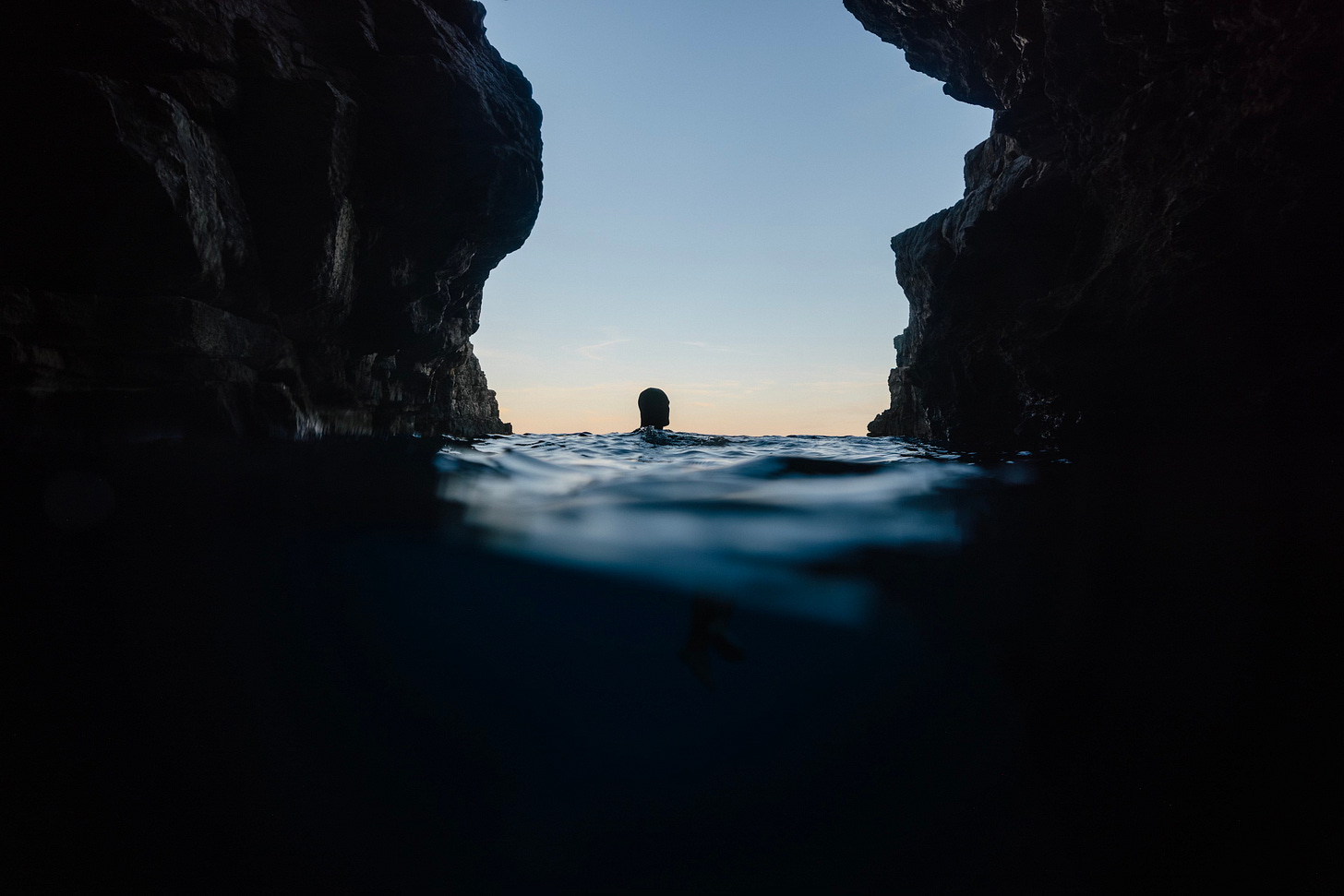
Use a VND filter: If you are shooting with a dome port on your housing, you will end up seeing the reflection of your lens in the dome, which will end up in your image. Paul rocked a 2-6 VND at the lowest setting (2) to avoid that in Croatia.
Housings
The only barrier to entry for underwater photography is a housing for your camera. There are a few key players, so I am sharing my thoughts around the main ones that play in the Canon/Sony ecosystem.
Seafrogs ($): The cheapest housing you can get for an R5. Good starter housing.
Aquatech: ($$) The reference for surf photography — it’s what I’ve been using for 7 years. They’re made of plastic, and the downside is if you shoot 4K video at 120 fps in warm seas, the camera will overheat after an hour or so.
Salty Housings ($$): Another high-end solution for diving and surf. I haven’t used it myself, but Paul recommended these if you can afford them. Made out of aluminium, they are the burliest of housings and will keep your camera cooler for longer.
You can also go minimal and grab yourself a $250 Nikonos instead of a housing. That camera is a lot of fun.
Extra Gear
You can definitely get in the water with your housing and your bathing suit and get great shots. However, this underwater feature wouldn’t be complete without mentioning the gear you need to take it further…
Fins: Diving fins are better if you don’t plan to only shoot surf. They are clunkier to travel with, but once you’re in the water they give you more power with each kick, resulting in less oxygen use, which means you stay underwater longer.
Surfing fins like the ones Dafin makes are great for all-around use. They’re shorter and less powerful, but easy to travel with. They’re what I use.Goggles & Snorkel: Most will do. I discovered these in Hawaii and love them so far: Hi Supreme. Make sure you wash them with fresh water after each use.
Weighted belt: That’s the next level for sure, but it’s so useful to stay underwater. One of the challenges of shooting underwater is you’re constantly fighting buoyancy, which messes with your shots. Divers call this “0 gravity” — when you have a heavy enough belt that you don’t have to fight your own buoyancy underwater. Start with 3-4 kg, depending on your weight, and adjust. If you want to get crafty, I’ve seen people use running packs with rocks inside in lieu of a dedicated belt.
So here we are. I hope I have intrigued you to get out in the water with your camera this summer. Especially if your significant other likes to lay on the beach for half the day — that’s why I got into underwater photography, so I’d have something to do at the beach! But now it’s become much greater than that, and I truly look forward to getting into the water to shoot.
Watching
The Big Blue 1988 - Trailer
Exploring the relationship between man and ocean, this freediving movie has achieved cult status. It broke the French box office after release, becoming the highest grossing movie of the 1980s. It was so ahead of its time in terms of underwater cinematography — they achieved shots that had never been done before… As a fan of wide-angle lenses, I love that they relied on wide primes for a lot of the under- and above-water shots. Highly recommend.
Listening
Bathysphere - OOO — By Thomas Barrandon
I’ve been working with French electronic musician Thomas Barrandon to score my latest short called SEATREKKING. Since most of the film happens underwater, I’ve been diving deep (no pun intended) into the world of synthesizers, and this piece by Thomas was so on point that I had to link it here.
Danny Smith edit and proofreads this newsletter
Other Side — Teahupo’o, French Polynesia by Paul Lavoine


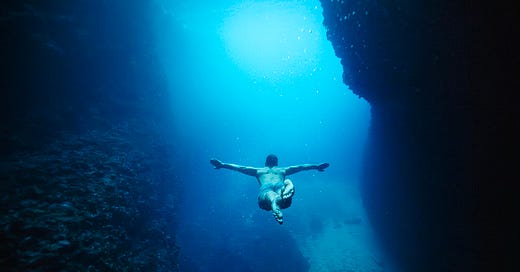


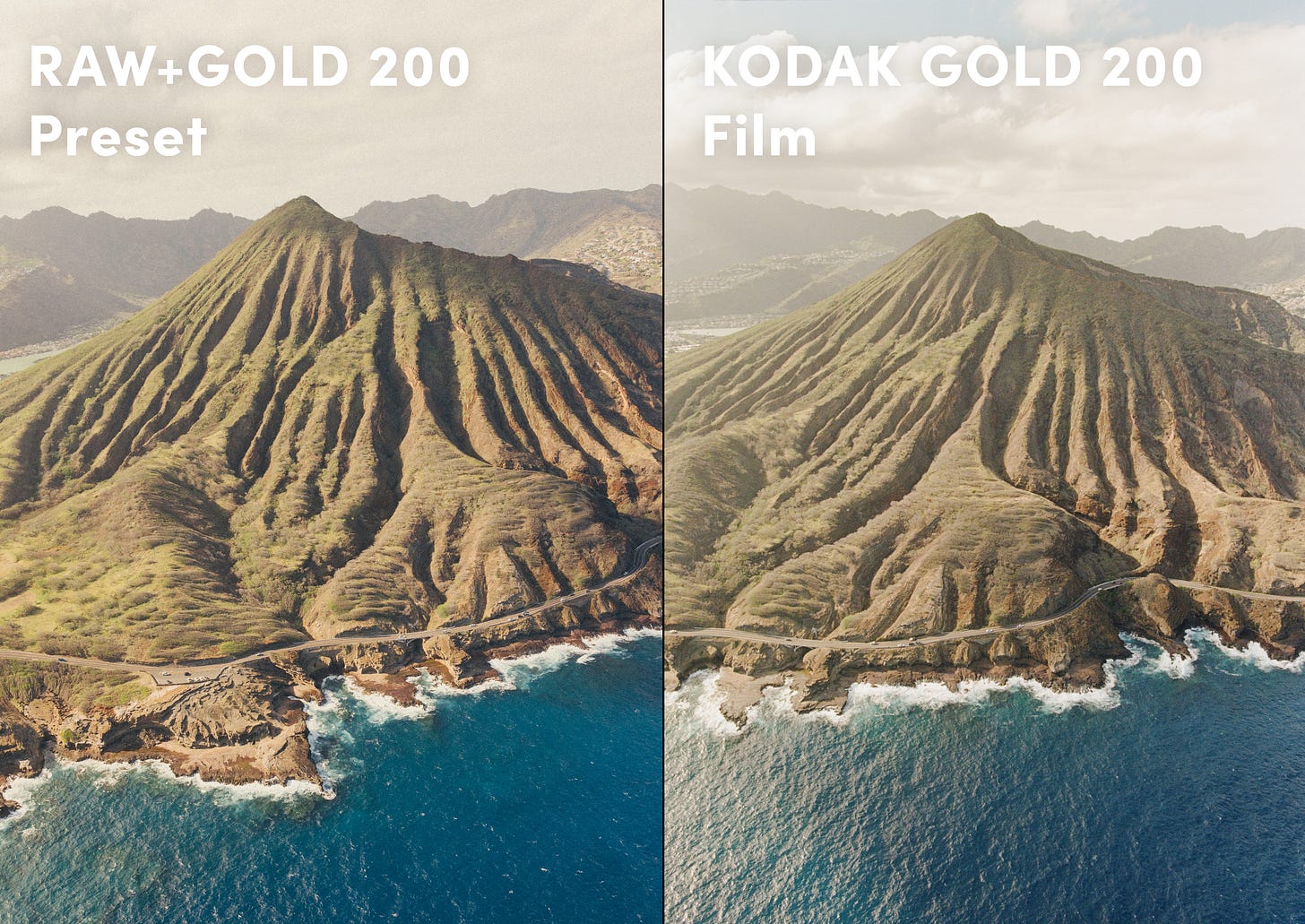
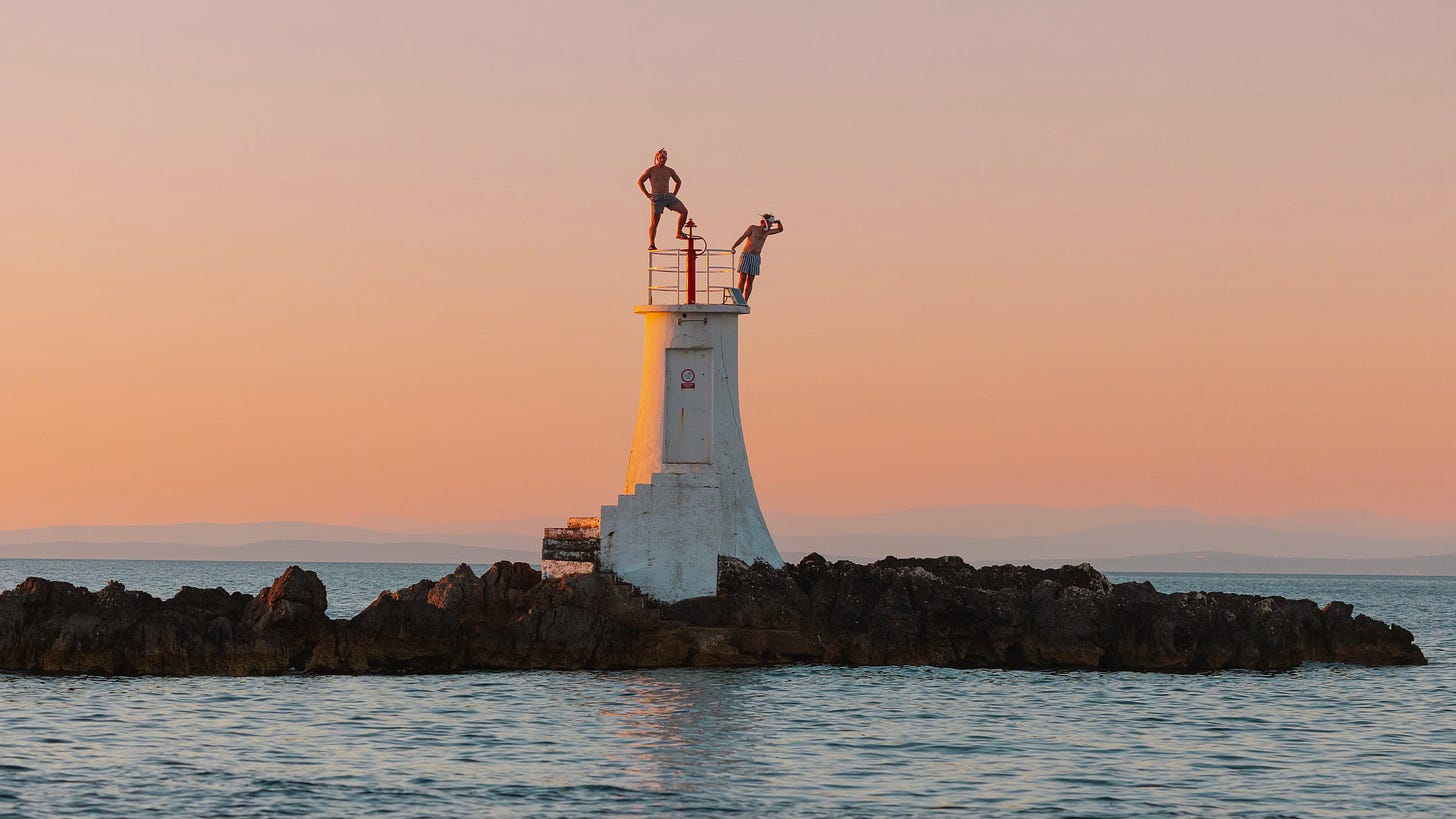
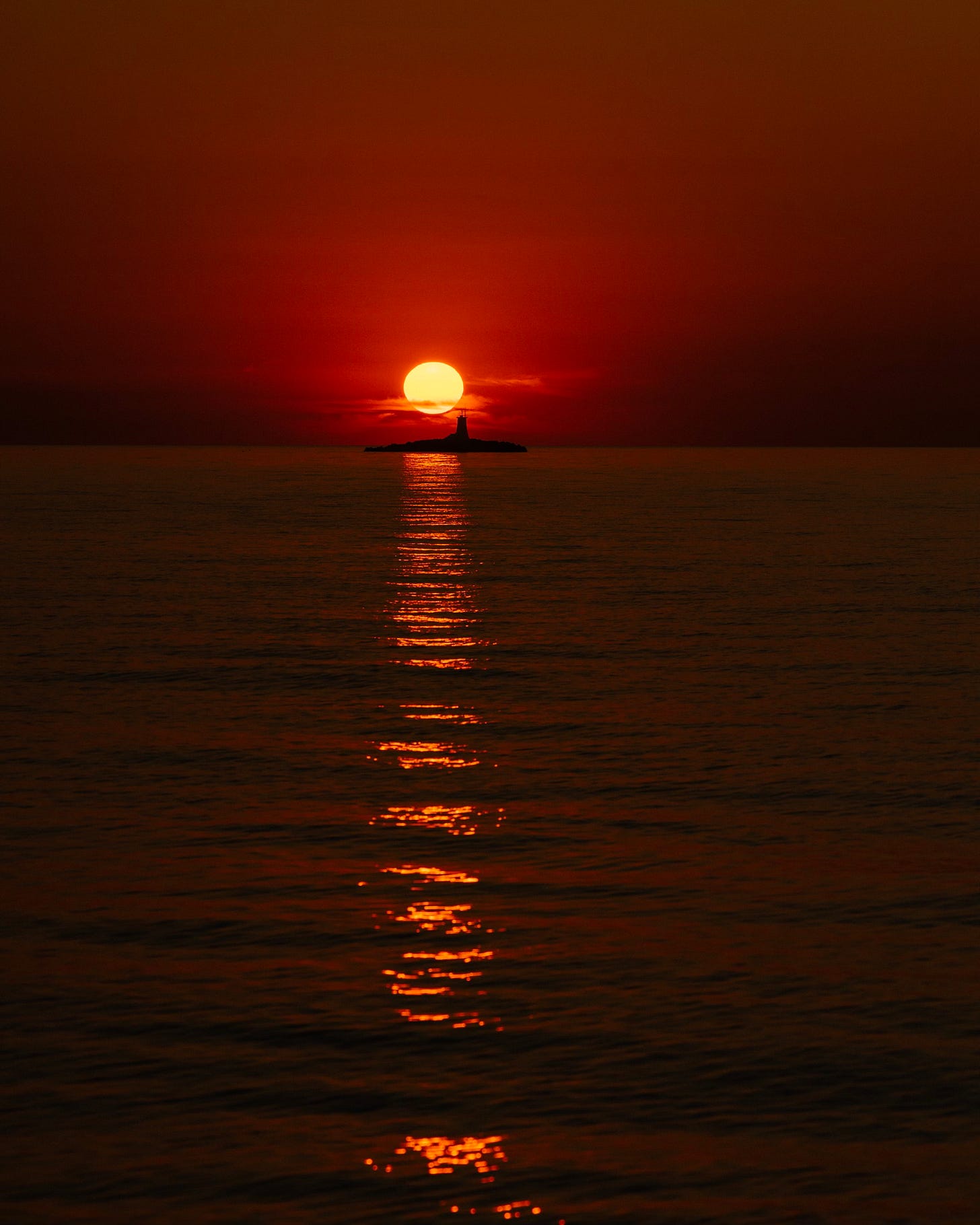

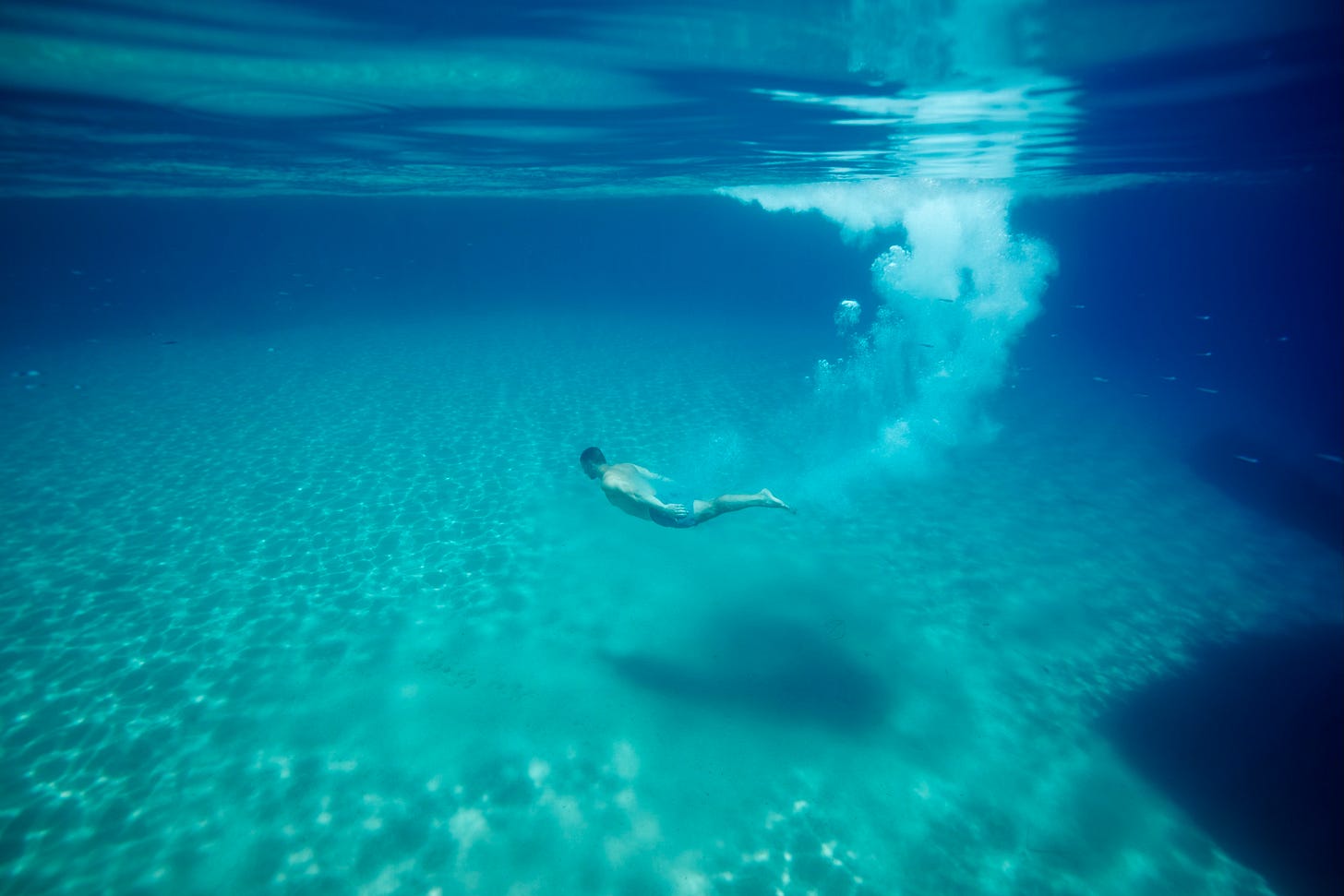
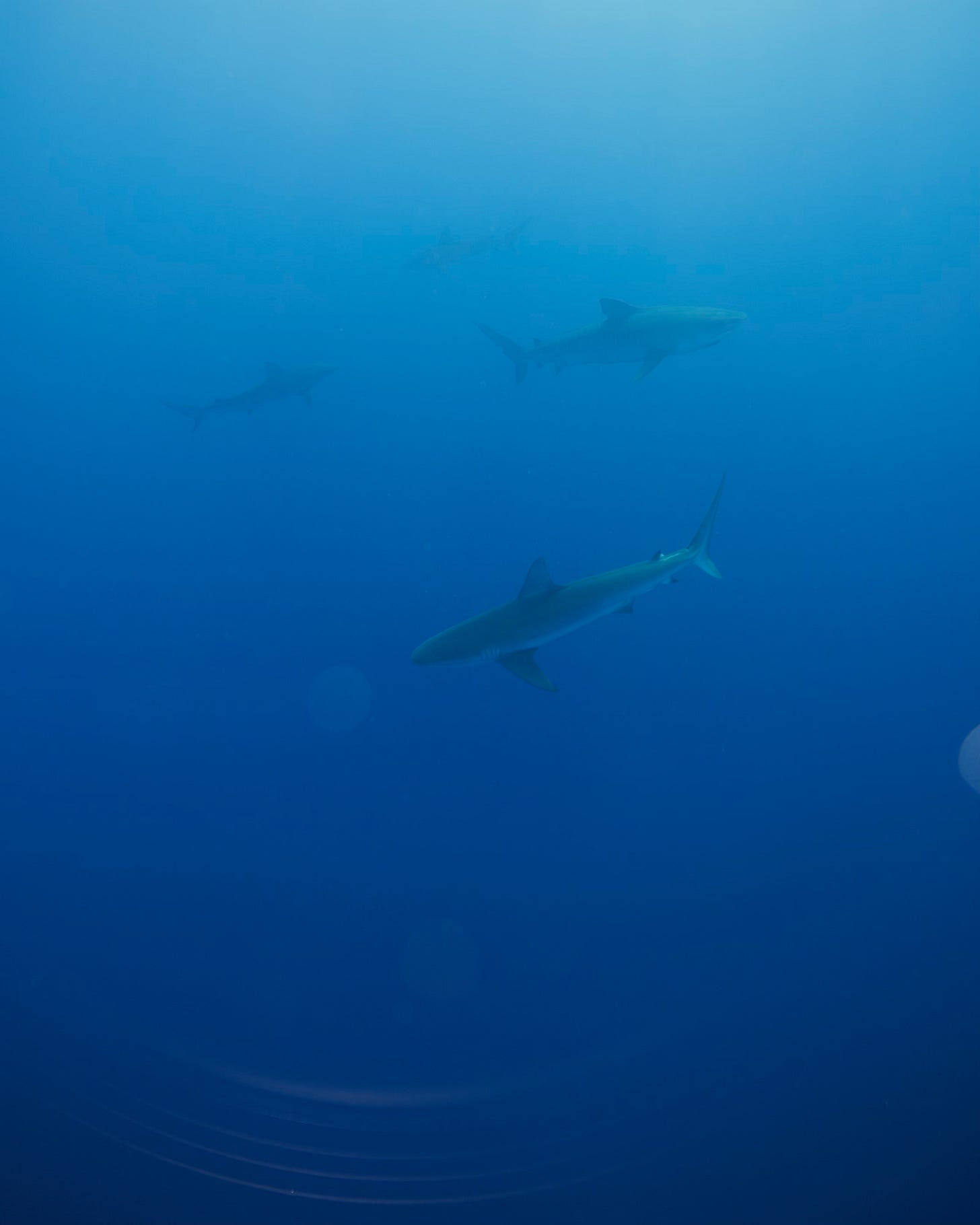
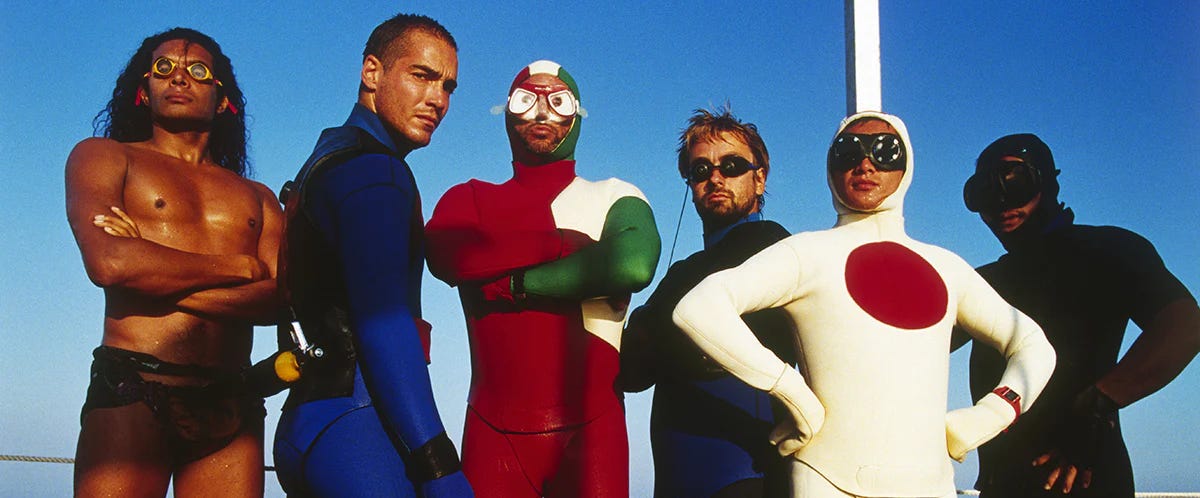
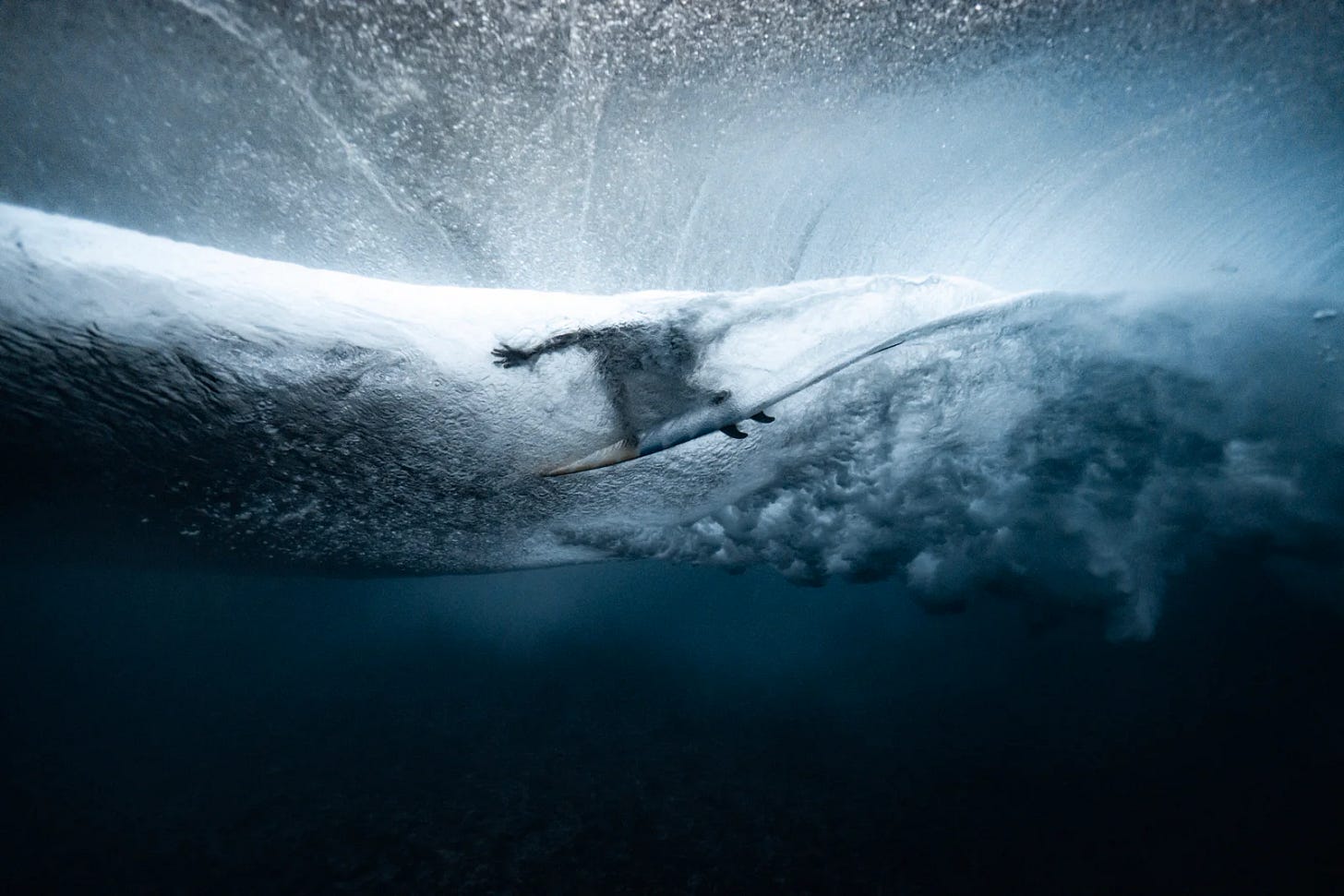
The Big Blue was one of those timeless pieces that defines story telling and cinematography for generations 🤌🏽
So hyped to start sharing all the work we have been doing on the No One Sees Series